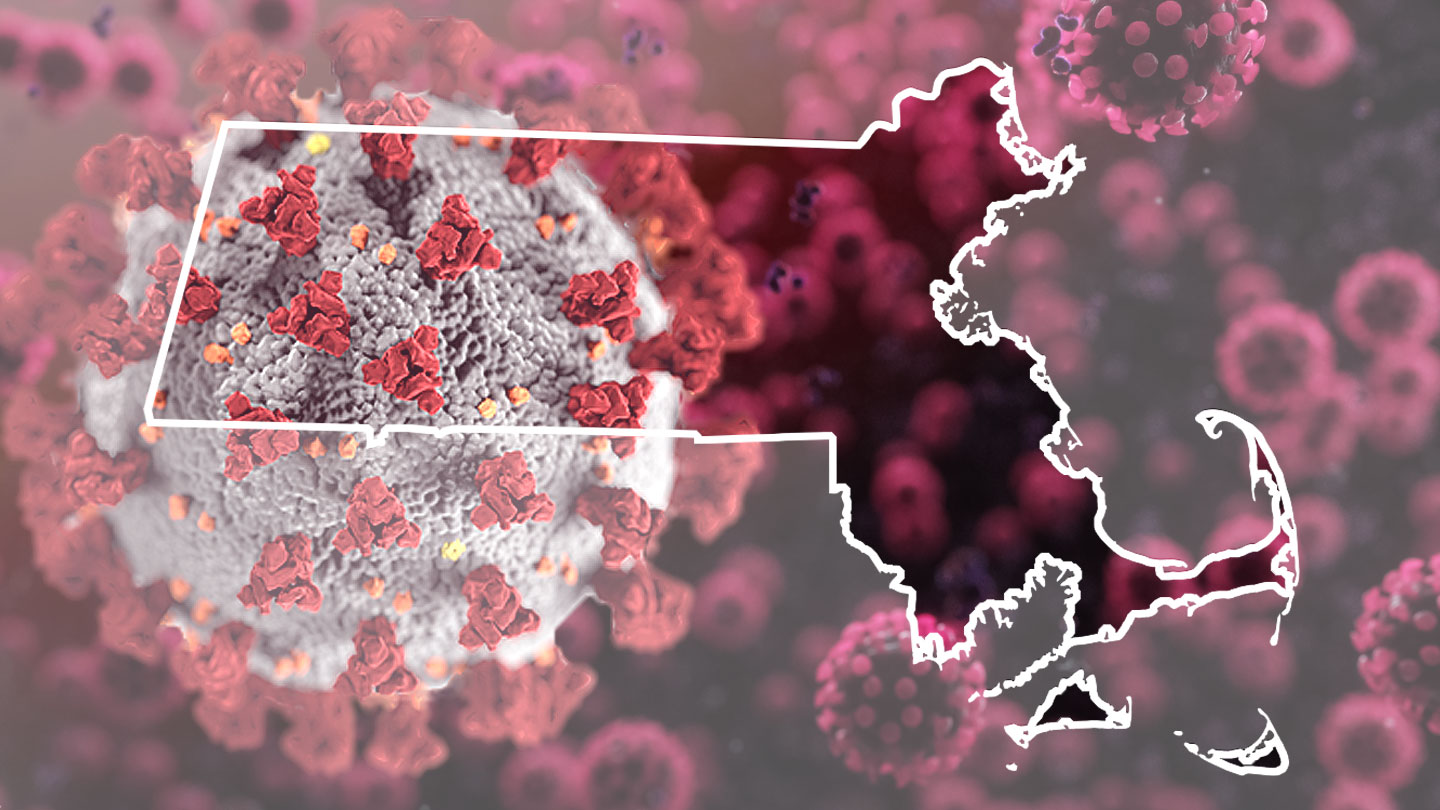Somerville is one of 27 cities and towns just added to Massachusetts' growing list of communities considered high-risk for contracting the coronavirus.
Massachusetts released its latest weekly data on the coronavirus pandemic Wednesday, including the updated community-level risk assessment map, showing 63 communities with the highest risk for transmitting COVID-19, a new high.
"Somerville has ticked into the red for the first time since they started putting out these maps. Won't be the last," Somerville Mayor Joseph Curtatone wrote on Twitter Wednesday night. "COVID-19 is far from done with us."
The new designation comes despite the city's cautious approach to reopening. Somerville entered Phase 3 of the state's reopening process weeks after the vast majority of the state, saying its case averages were too high.
For Curtatone, the new designation is not entirely a surprise.
"We are going to be diligent and deliberate," Curtatone told NBC10 Boston Thursday. "I am frustrated. Frustrated because I think we are smarter than this in the Commonwealth and I think we need to have a coordinated approach."
The mayor is calling on Gov. Charlie Baker to enact a more regional plan.
There were 88 new cases of coronavirus reported in Somerville over the past two weeks, state data shows, contributing to a total of 1,350 cases. The average incidence rate rose to 8.2 cases per 100,000.
The 63 cities and towns shaded red in the map indicate a 58% increase over last week, when there were 40 communities in the red zone. Last week's data itself revealed a 74% rise from the week prior, when there were only 23 communities in the highest-risk category.
The state itself also entered the red zone Wednesday, with its average incidence rate climbing to 8.7 cases per 100,000 people. Massachusetts' average was in the yellow last week with a rate of 7.3.
The trend is not surprising, according to experts, but serves as a stark reminder for people to resist what is called COVID-19 "fatigue." Officials predicted a spike in cases around this time months ago, Dr. Ellana Stinson of the New England Medical Association noted.
“The temperature is starting to drop so we’re probably going to see an increase but we really need to be diligent," Stinson said. "I don't think you can take it lightly at any point."
While 78% of communities have seen either improvement or no change in the number of cases, more than two dozen communities moved into the red zone, meaning their residents are at higher risk for contracting COVID. Milton, Abington, Weymouth, West Newberry, Wakefield and Marshfield are just some of the communities newly deemed high-risk alongside Somerville.
More Massachusetts Coronavirus Coverage
"We need to just be mindful not to gather," Stinson said. "I think that's really hard for people as we're going on, what - month eight, nine - of the this COVID virus. We're seeing COVID fatigue."
Stinson warned that people should be extra cautious with the upcoming holiday season, minding travel restrictions and quarantine requirements.
At Achieve Fitness, they're frequently cleaning but moving into the red has caused anxiety levels to go up.
"We have ups and downs right? Sometimes we are like, 'we can do this. We can get through this,'" Lauren Pak of Achieve Fitness said. "And then other days, it's… 'we might not make it.'"
Pak hopes that despite the rising cases, there is a path forward.
"We are definitely getting to the point where money is really tight and so, yeah, another closure would be pretty devastating," Pak said.



